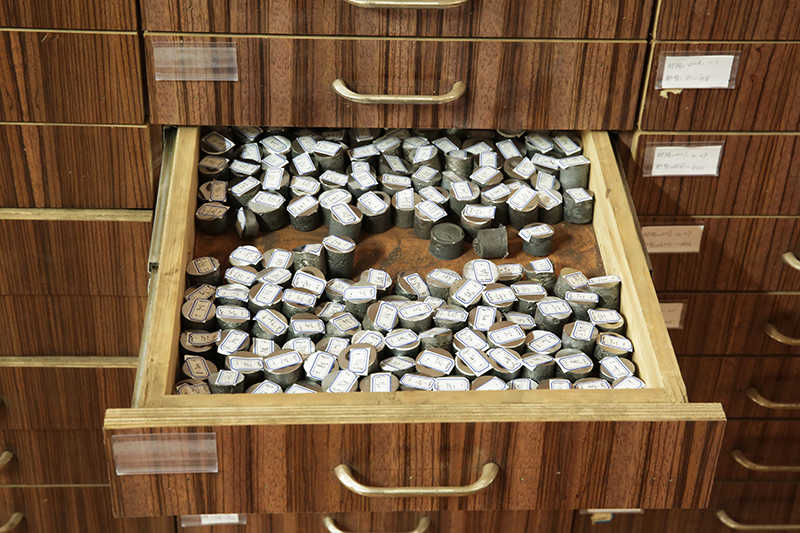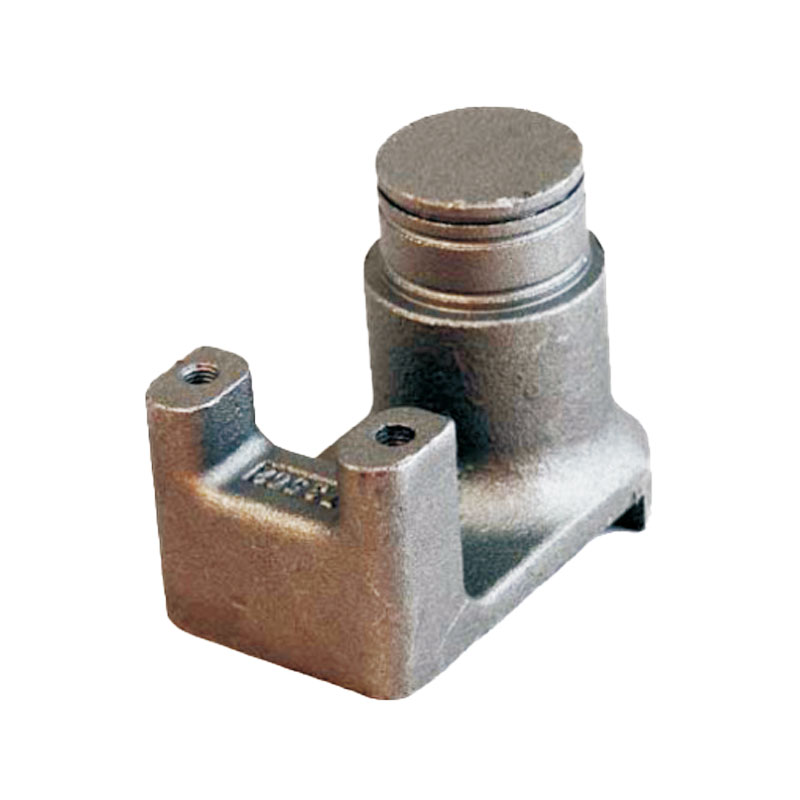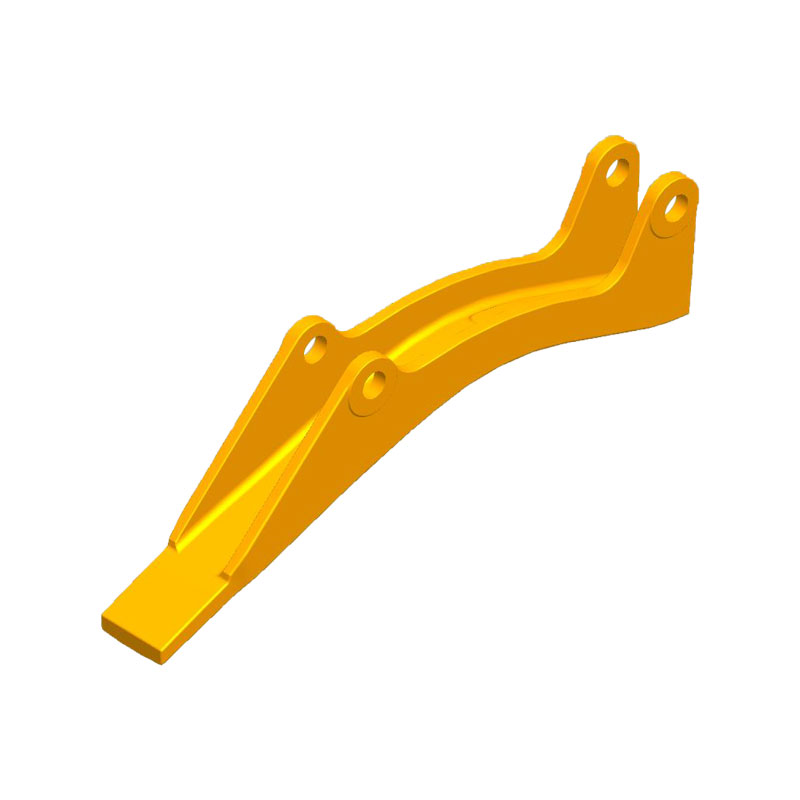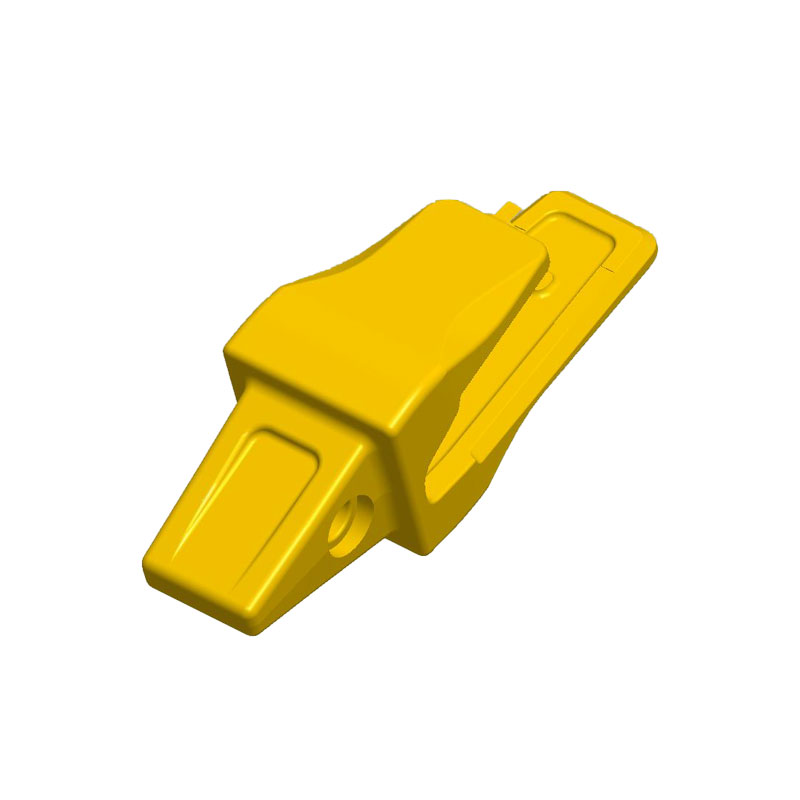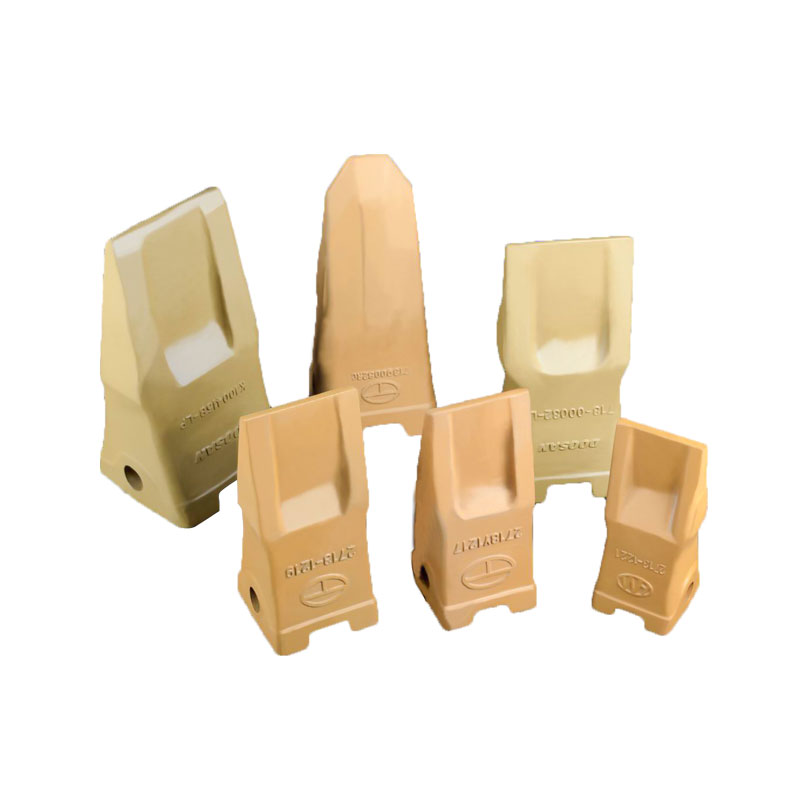Carbon steel castings are made from low to high-carbon […]
Carbon steel castings are made from low to high-carbon steel alloys that contain varying amounts of carbon. The higher the percentage of carbon, the stronger the alloy becomes through heat treatment.
Carbon is the main alloying element in cast steels, with a variety of additional elements added to improve performance or increase deoxidation (addition of aluminum or titanium).
Grades and Characteristics:
Most steels can be classified according to their carbon content, which determines hardness, tensile strength, toughness and ductility. Typical grades of carbon steel include low-carbon ( 0.20% C), medium-carbon (0.20% to 0.50% C) and high-carbon steels (> 0.50% C).
Lower-carbon steels are typically softer, easy to form or weld and may be easily machined after heat treatment. The medium-carbon and high-carbon grades provide a greater degree of strength, ductility and toughness.
Mid-carbon steels(0.31% to 0.61% C) are strong, easily shaped and can be hardened and tempered through heat treatment. They also provide a wide range of ductility, toughness and wear resistance.
High-carbon steels(0.61% to 1.5% C) are stronger, more brittle and difficult to form, weld or cut. They are often used for high-strength tool and spring applications. The addition of manganese to this material increases ductility and toughness. Moreover, heat treatment reduces the amount of phosphorus, sulfur, and nitrogen present in the alloy. This can help to control the rate of corrosion and promote long service life in many applications.
